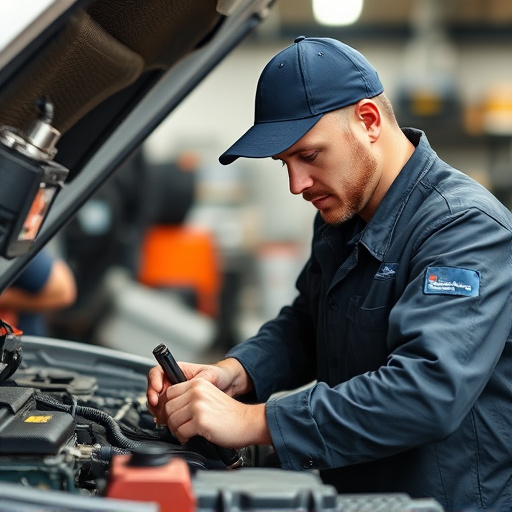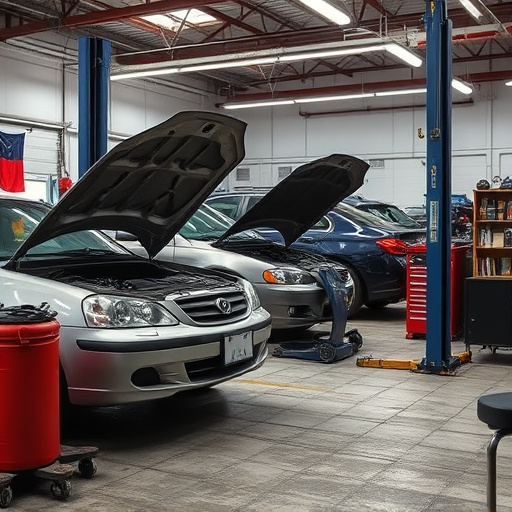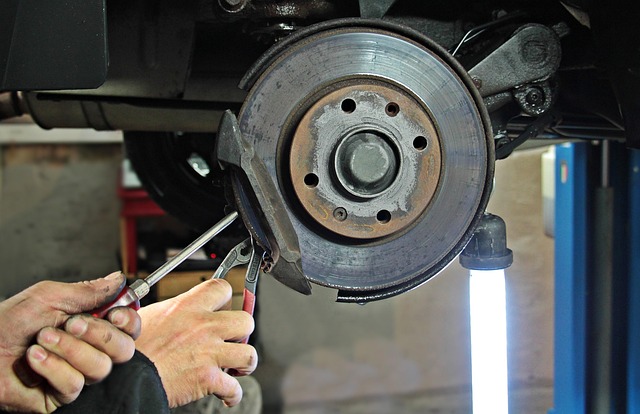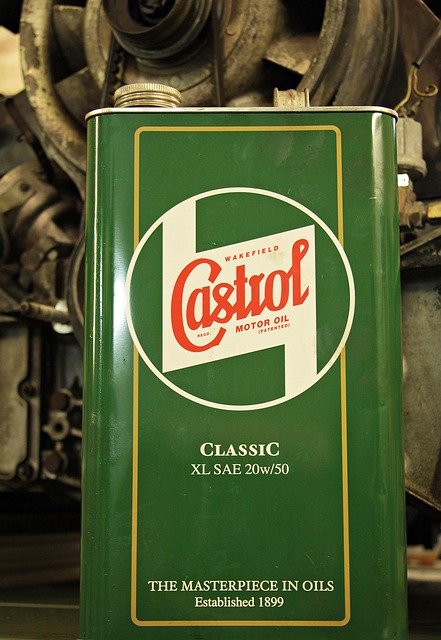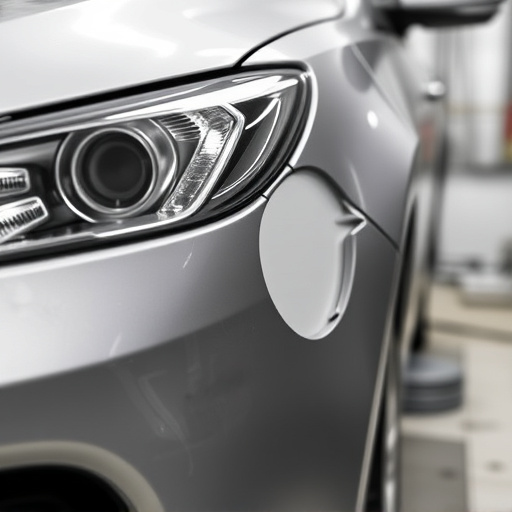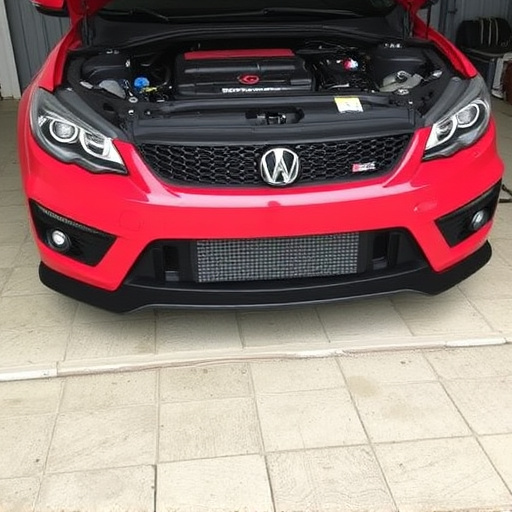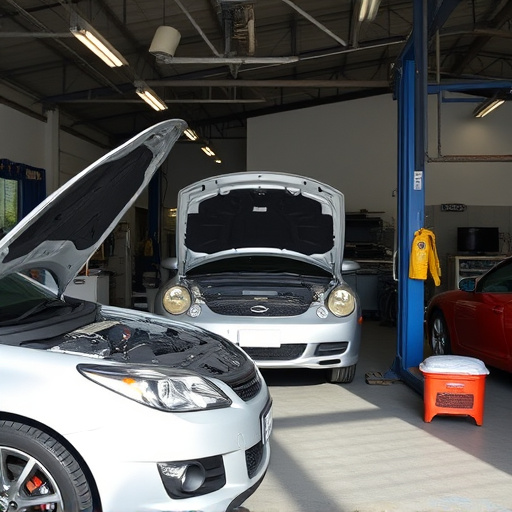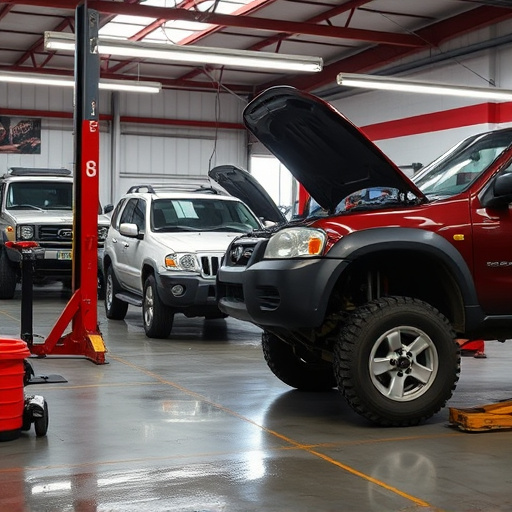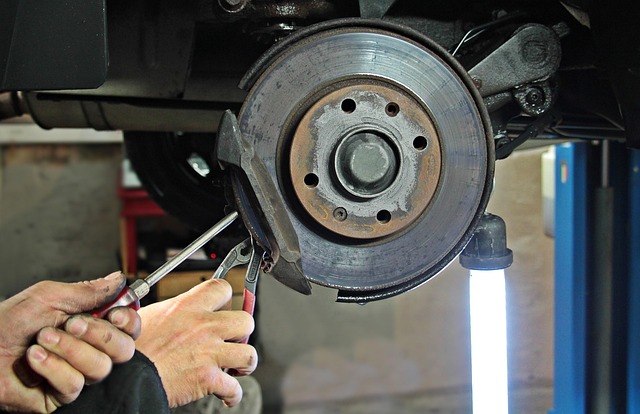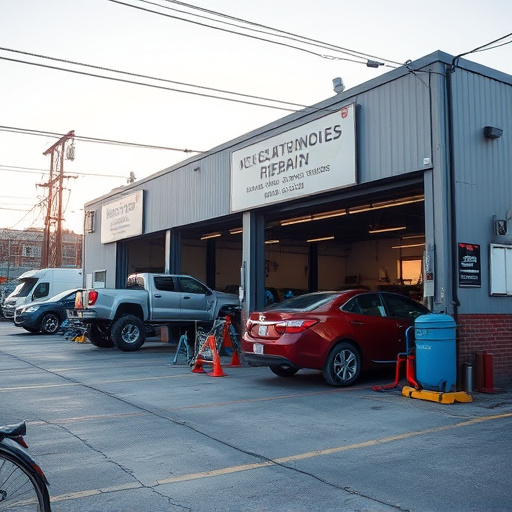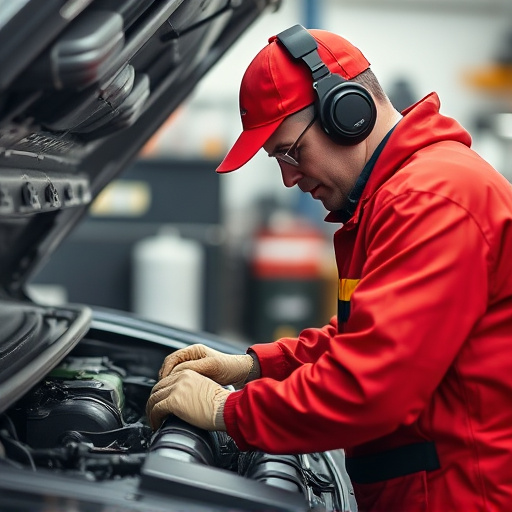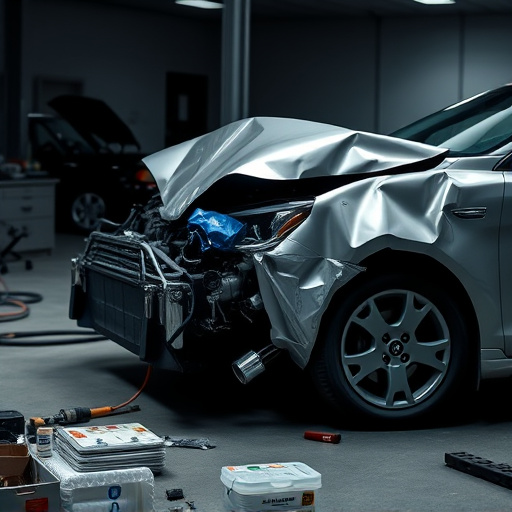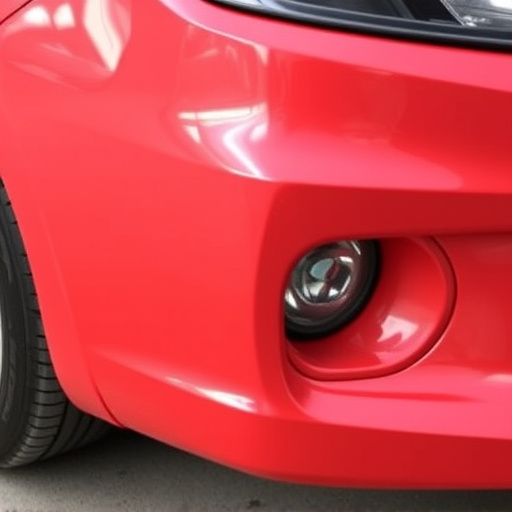Post-accident repair focuses on restoring vehicle structural integrity and aesthetics. Skilled technicians expertly match original colors through meticulous repainting and color matching processes. This ensures not just visual restoration but also maintains vehicle value in a competitive market, showcasing the expertise of the automotive body shop.
After a collision, proper post-accident repair is crucial for restoring your vehicle to its pre-incident condition. This comprehensive guide delves into the intricate process, focusing on key aspects like understanding the repair, the art of repainting and color matching, and ensuring long-term quality. By adhering to meticulous standards, professionals navigate the complexities to deliver a seamless, like-new finish, addressing every detail from panel fitting to color accuracy.
- Understanding Post-Accident Repair Process
- The Art of Repainting and Color Matching
- Ensuring Long-Term Quality and Preservation
Understanding Post-Accident Repair Process
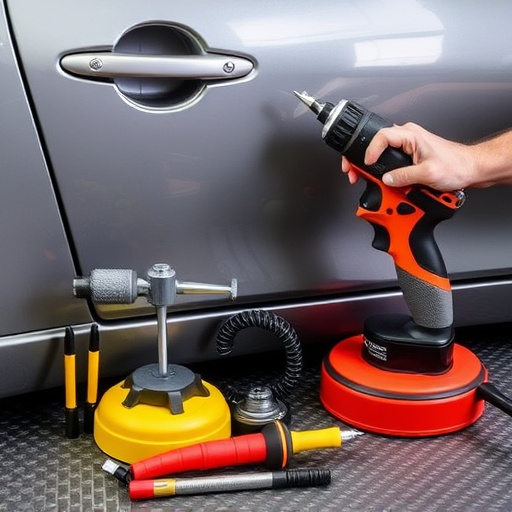
Understanding the post-accident repair process is crucial for anyone involved in a vehicle collision. It involves a series of careful steps to ensure that the car is restored to its pre-incident condition, with attention given to both structural integrity and aesthetic appeal. After assessing the damage, which may include everything from dent repairs and scratch removal to auto glass replacement, the repair process begins.
This typically includes autobody repairs, where panels are straightened, painted, and color-matched to ensure a seamless finish. Repainting is a meticulous task that requires skilled technicians to match the original car’s color precisely. It’s not just about fixing visible damage; it’s about restoring the vehicle’s overall value and safety, addressing hidden issues that could compromise its structural integrity.
The Art of Repainting and Color Matching
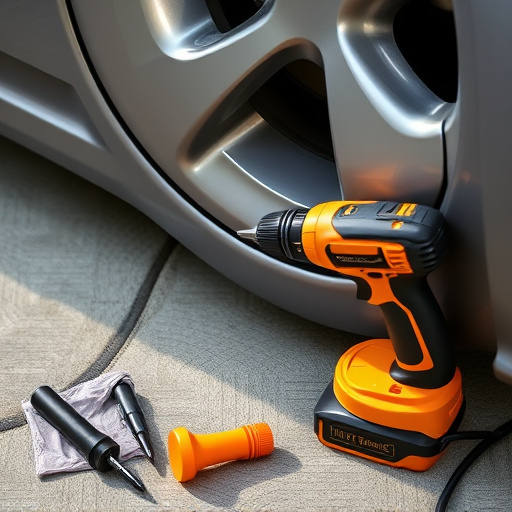
The art of repainting and color matching is a precise science that plays a crucial role in post-accident repairs, aiming to restore vehicles to their pre-incident condition. Skilled technicians employ specialized techniques to ensure that new paint not only covers damaged areas but also seamlessly blends with existing colors. This meticulous process involves careful analysis of the vehicle’s original paint composition, utilizing advanced tools and technology to match hues precisely.
Color matching is an art that requires an expert eye, as even the slightest variation can impact the overall aesthetic appeal. Technicians use color swatches, computer-aided systems, and their extensive knowledge to achieve a perfect match. The process involves multiple stages: preparation of the surface, application of primer, careful painting with precise techniques, and finally, a thorough inspection to ensure quality. This attention to detail ensures that the repaired vehicle not only looks good but also maintains its value, making it an essential step in the car restoration process after any incident, including auto glass repair or car damage repair.
Ensuring Long-Term Quality and Preservation
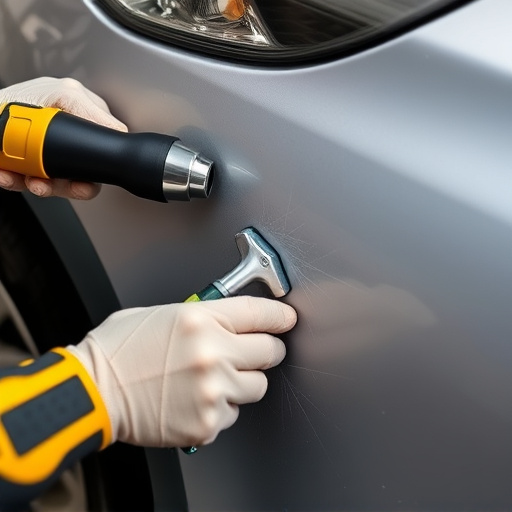
When conducting post-accident repairs, including repainting and color matching, it’s paramount to focus on long-term quality and preservation. Skilled technicians in an automotive body shop understand that simply fixing visible damage isn’t enough; they must also ensure that the car is restored to its pre-collision condition, maintaining its original aesthetics and structural integrity. This involves meticulous attention to detail during the collision damage repair process, from careful removal of damaged panels to precise replacement and expert repainting.
Using advanced techniques and high-quality materials, professional car restoration services can match not just the color but also the finish and texture of the original paint job. This commitment to excellence is vital for preserving the vehicle’s value and ensuring that it looks as good as new. In a bustling market where first impressions matter, a car that has undergone top-tier post-accident repair stands out, reflecting the dedication and skill of the automotive body shop responsible for its transformation.
Post-accident repair, particularly repainting and color matching, is an intricate process that demands precision and expertise. By understanding each step involved, from assessment to preservation, car owners can ensure their vehicles not only return to their pre-accident condition but also maintain long-term quality. This meticulous approach to post-accident repair guarantees a safe, reliable, and aesthetically pleasing ride for years to come.
